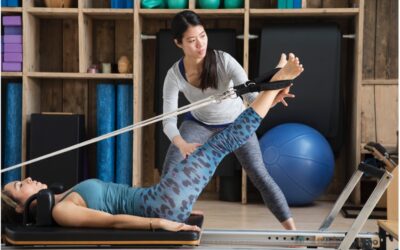So what is the threatening condition that a feeling of tightness is trying to warn us about? The absence of adequate rest or blood flow is a threat, which could cause metabolic stress and activate pain chemicals.
How Can You Cure Muscle Tightness?
In most simple cases of feeling tight, the cause is obvious – we have been stuck in the same posture or movement pattern for too long, and our muscles need a rest or change of position to reduce the ischemia or metabolic stress that is causing pain/tightness in certain areas. For example, if we spend hours in a car, or an airplane, or behind a computer, we will instinctively feel compelled to stretch and move, and this will usually alleviate any feelings of stiffness/tightness.
The problem is when we have already tried and failed at this simple strategy. The feeling of stiffness remains for hours and days at a time, comes and goes as it pleases, and is less related to posture and movement.
There are three main methods used to address a chronic feeling of tightness:
1. Stretching
We instinctively stretch muscles that have remained in a short position for a while, and this usually makes us feel immediately better. Stretching can often have an analgesic and relaxing effect. However, as noted above, most people who suffer from chronic tightness have already tried and failed at this strategy, which suggests the issue is more about increased sensitivity, so aggressive stretching might just make the problem worse.
2. Soft tissue work for Tightness
Treatments like massage, acupuncture or foam rolling decrease sensitivity and make us feel less tight by activating descending inhibition of pain, which is a well-known effect of painful stimulation that is expected to bring health benefits. It is temporary so you should think about something else as a complement to address the issue in the long term.
3. Motor control or stability training
Stability training or motor control seek to change movement, postural and breathing habits so they are more efficient, eliminate residual tension and develop the skill of relaxation.
Essentially, working and activating deeper muscles that help us with posture and day to day tasks will restore the balance to the movement system allowing the muscles best designed to complete the task to do so.
As this type of training requires specific targeted training for you as an individual, generally you will need to be assessed by a professional to identify your specific weaknesses.


